I know being a remote worker and working from home can be a challenge, especially when it comes to managing and planning your tasks and to-dos. Since I started at Microsoft, I became a remote worker working from my home office, and I needed to figure out what the best way for me is to get things done. In this blog, I want to share my experience on how to manage and plan tasks as a remote worker working from home and be more productive. That said, this is specifically for my job and my personal preferences, this might not work in the exact same way for you. But I hope you get some tips and tricks out of it, which can help you to be more productive when you are working from home.
Getting an Overview of my Tasks and the Things I need to work on 🤓
To get your tasks and your work items planned, you first need to know what these are. Not just for you but also for your team and the people you are working with. So for me, there are two types of to-do items. First of all, the more significant things I am working on, alone but also together with my team. This helps you to collaborate in a team and also gives a good overview of who is doing what. The other things to-dos and tasks I want to track are all my personal ones (but still work-related), small tasks, ideas, emails I need to reply, and so on. For me separating this made a lot of sense since I also want to be very efficient and not spend time more time on a task writing it down than actually completing it (If it is not something the team should know about). With that, I quickly want to share how we collaborate and plan and track our work as a team, as well as how I work with my own personal work tasks.
Working and Collaborating in a Team 🙌
As a team, we are using Azure DevOps Boards to track and plan our work items. We can create new work items and then move them into the “in progress”-column. When the task is completed, we then move it in to closed. You can also see that we are tracking and planning our content we are publishing, offline and online events we are presenting at, and much more. You can see that we also use that board to plan and schedule posts on our ITOpsTalk.com blog. With that, we can easily plan and see who is releasing a blog on what topic on which specific day.
Azure DevOps also allows us to integrate into other systems and automate specific tasks and update databases. I know that Azure DevOps is might not be for everyone, but if you want to use a similar but simpler tool to collaborate and organize your teamwork, you should have a look at Microsoft Planner.
Managing my Personal Tasks ✔
For all the rest of my tasks, I use the Microsoft To Do app. The app helps me to organize different tasks in different lists. This is also how I write down ideas or to-dos I get out of a meeting or a conversation.
I don’t use the planning feature in the To Do app since I use my calendar for doing the planning. However, I still use it to give my tasks a time where they pop up, so I don’t forget to include them. Again using the Microsoft To Do app has a couple of advantages. First of all, you basically get this app on almost all devices I own, and it automatically syncs tasks, and there is also a web version. What I also highly appreciate is the fact that it connects to many other services and places and can show you tasks from different places like Outlook. For example, I can easily list all the emails I flagged and the Microsoft Planner tasks which are assigned to me.
One personal thing I can recommend is to create some quick notes lists. I, for example, created one for feedback, I often get feedback from customers during events or calls. To quickly write these items down, I use a list called Feedback in my Microsoft To Do app, and later on go through it and forward it to the right people and systems we have in place. The other quick lists I created are for recurring meetings. From time to time, something pops in my head, which I want to discuss during my next team meeting or my 1:1 with my manager. I quickly write that item down, and when the meeting starts, I can quickly open the list and make sure I don’t forget anything I wanted to discuss.
Planning my Tasks and my Week using Calendar Blocking 📅
Okay, now I have all of my tasks and to-dos listed, the next step is to plan them. One of the main challenges I found myself in was to figure out what I should work next. I have enough tasks, but it took me a lot of time to go through them and decided on which one I should work. Of course, you can prioritize your tasks, but since you also have meetings scheduled, one that is sometimes too big to start with. To make that process a little bit easier, I used the concept of calendar blocking.
There are many great articles and videos out there, which describe the concept of calendar blocking. For me it is straightforward, at the beginning of the week, I open up my Outlook calendar and a list of the tasks and items I need to do. I then start to put blocks in my calendar to plan when I am working on which item or task. So now, when I finish a task, I just have a look at my calendar, and I can see what I should work on next.
I also set myself some rules, and I had certain learnings over time. First, calendar items or blocks are not necessarily fixed, and they can be moved around as long as the deadline allows it. Sometimes you can’t finish something in time, so you might just want to keep working on it and move the other block or item for later. Secondly, I try to create as many recurring blocks as I can; this makes planning much more comfortable and faster and gives you some sort of consistency. Third, usually, my work items and blocks are larger then they need to be, I still want to have some time to interact with others on Microsoft Teams or just get a coffee, without stressing myself out.
All that said, I want to give you a quick example of how a week can look like. I want to highlight again, that this is based on my personal preferences and aligned with the teams I work with, it can be entirely different for you.
Usually, I start planning my week on Sunday evening or Monday morning. A lot of blocks are already in my calendar because I created these recurring tasks and entries. Then I go into my Microsoft To Do App and my Azure Board, to check what the open tasks are I should be working at, and start blocking time for these items.
In this example, I want to quickly highlight a couple of things.
- As said before, you can see that many of my blocks are recurring tasks; this helps me to save time.
- I usually start the week with something easy I just can do, and I don’t need much brainpower, like reporting tasks. By just quickly getting these things done, I also get motivated to get more tasks done.
- I plan breaks to make sure that I don’t mess up my whole schedule. They are usually recurring tasks in my calendar.
- Even recurring tasks and blocks and easily moved around, depending on if I have meetings or different appointments going on.
- Since we are a remote team with people all over the globe, I can’t attend all of our meetings, and that is fine. We record our meetings, and I usually schedule some time to watch the recording.
- Working from home prevents you from having your usual chats with your colleagues while getting coffee or other breaks. That’s why our organization has some scheduled and recurring watercooler events for everyone to join.
- You can see here that I blocked some time to do some focus work on a specific topic. However, at the beginning of the week, I have no idea what and how many meetings I will have. Since a lot of people I usually collaborate are in another timezone and start working in my afternoon, I enter a blocker in my calendar but marked it as free. So people can still find some free time to schedule meetings with me using the Outlook availability feature.
- Here you can see I booked some focus time to work on a specific task. However, later in the week, I scheduled some meetings instead.
- I use the category feature in Outlook to color code my blocks depending on different tasks. Red, for example, means focus work, dark red means collaboration work and meetings, and orange are important meetings.
- One thing I like to do as a remote worker is to schedule some virtual coffee breaks with my co-workers over teams, outside of the regular meetings.
- I also highlight important tasks where I am presenting or speaking on a specific topic. Having that color-coding for these also reminds me to be prepared with the necessary content.
Note Taking
Another big part, to stay organized and get things done, is the way I am taking notes. I need a place to write down my meeting notes, or my planning for new projects and content, as well as my travel planning. For that I am using Microsoft OneNote, it is great because it syncs across all my devices, lets me do typing as well as handwritten notes, and has many more awesome features.
I can also easily collaborate and share notes with others as well as super easy automate processes using Power Automate. We are also using it a lot in our team to brainstorm ideas and work together.
There is also some stuff I always need ready, or I just quickly want to write down, or maybe quickly want to copy past later or something I need all the time. For that, I am using the Windows 10 Stick Notes app.
These also sync across my devices and really help me to get these quick notes done.
Automate processes between these tools
As you can see there are many tools which can help you to stay organized. However, too many tools can also have the opposite effect and can use a lot of time. I start using Power Automate (formerly known as Microsoft Flow) which is part of the Microsoft Power Apps. Power Automate helps me to easily connect different tools and services together. For example, I can automatically create a new Outlook task or Microsoft To Do task when an Azure DevOps workitem is assigned. Power Automate can also do things like sending emails or notifications, send an article to OneNote, integration with Microsoft Teams. and integrates in many other third-party services.
Conclusion
I hope this gives you a little bit of an overview of how I manage and plan my tasks as a remote worker. I know that this might not work for you in the same way as it does for me; however, I hope you get the one or other idea out of it. It is also important to mention that I highlighted a couple of different tools like Azure Boards, Microsoft Planner, Microsoft To Do and Outlook, I know that there are much more out there and maybe work better for your specific scenario. Again, I would never say I am an expert on that. I just wanted to share how I handle and manage my tasks when working from home, and I am super interested in learning from you, and how you organize yourself to become more productive. If you have any tips and tricks to share, feel free to leave a comment.
Tags: Azure Boards, Azure DevOps, Blocking, Board, Calendar, Collaboration, Manage, Microsoft Planner, Microsoft To Do, OneNote, Plan, Planning, Power Automate, remote, Remote Worker, Sticky Notes, Task, Tasks, Work Last modified: April 10, 2020
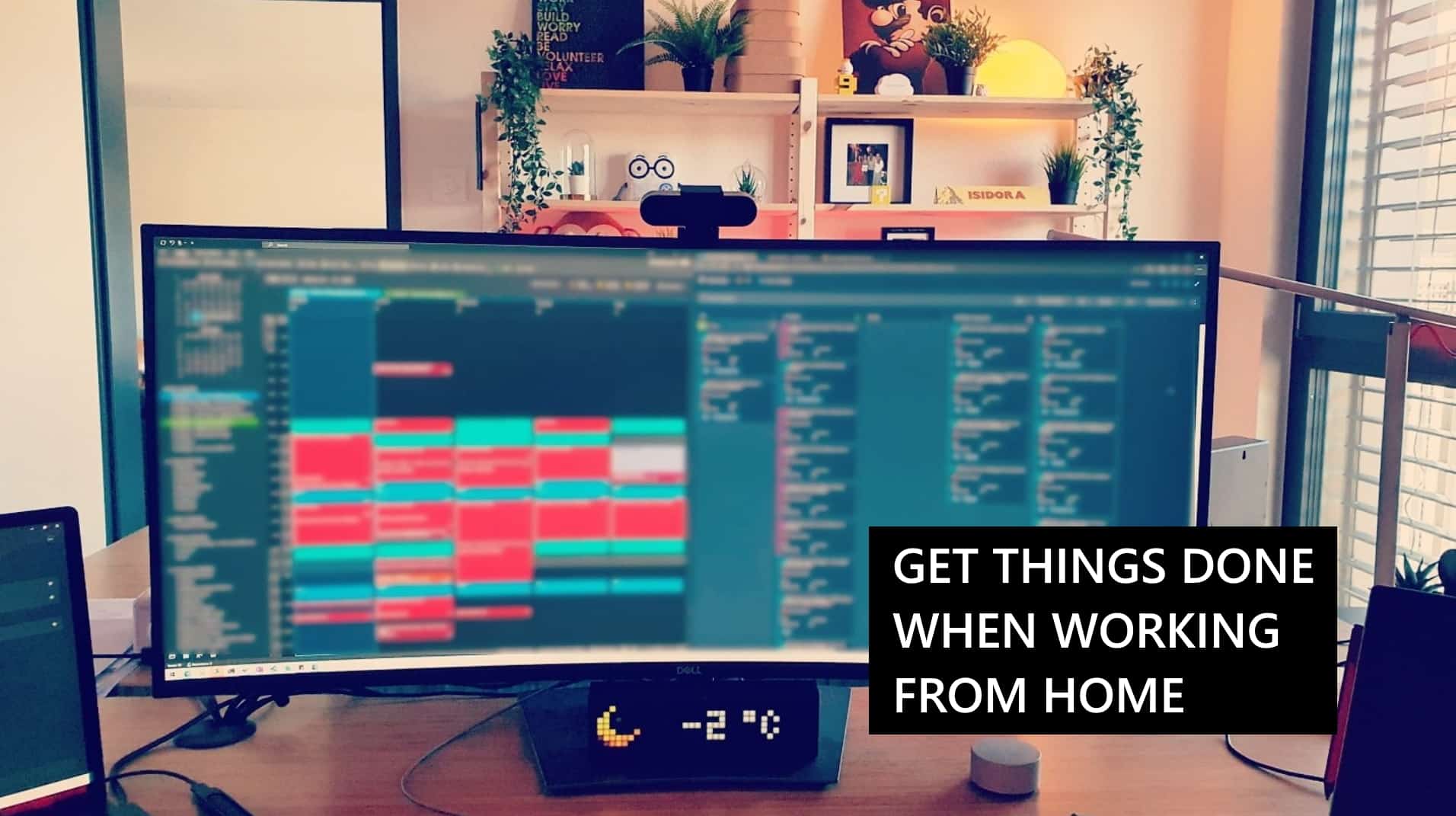
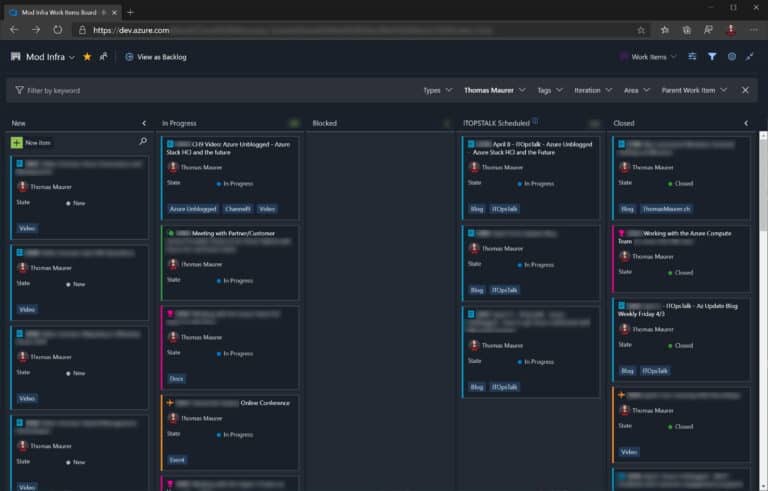
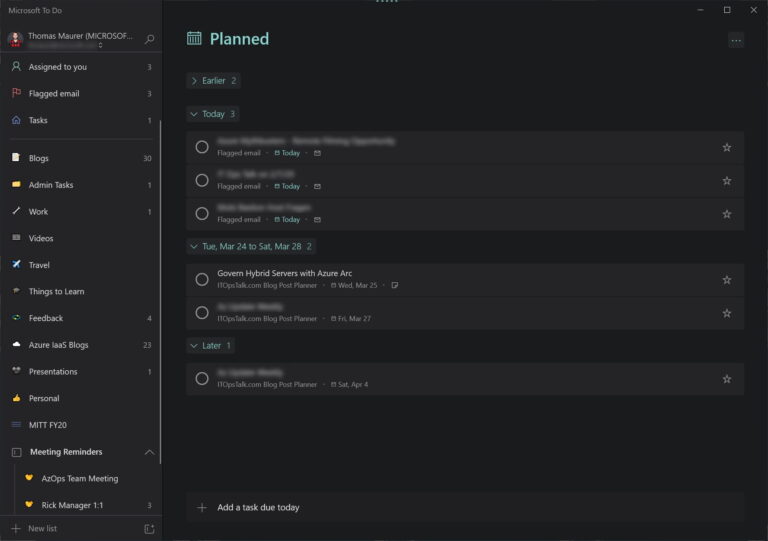

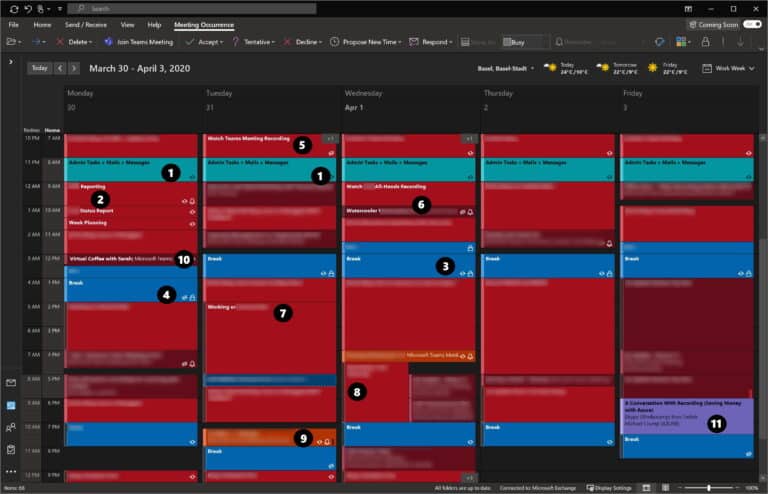

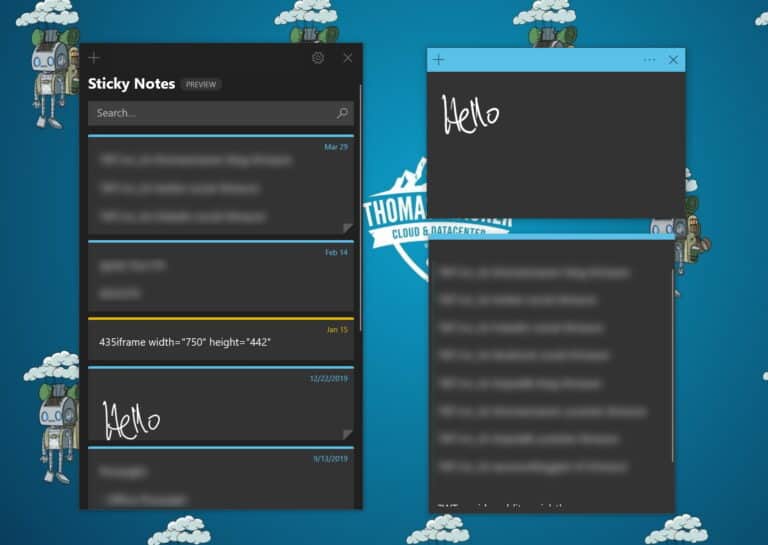
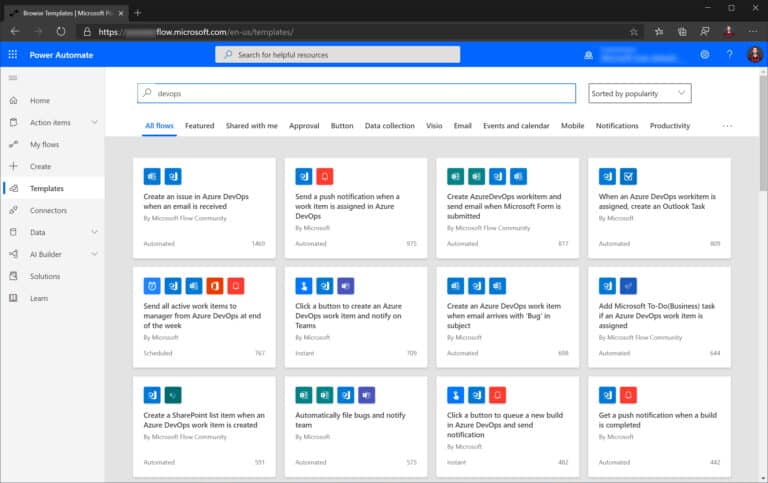


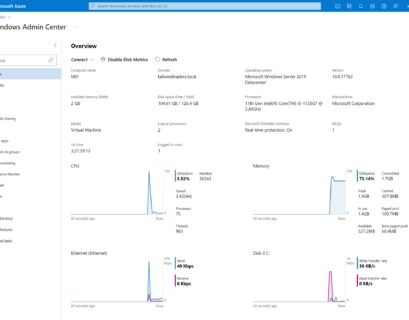
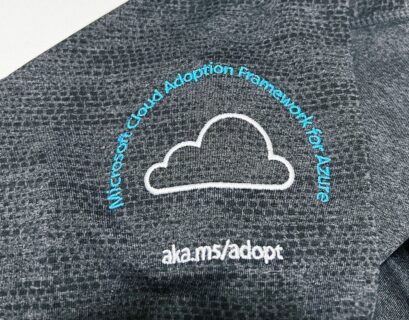
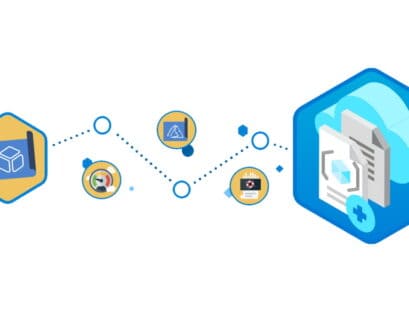
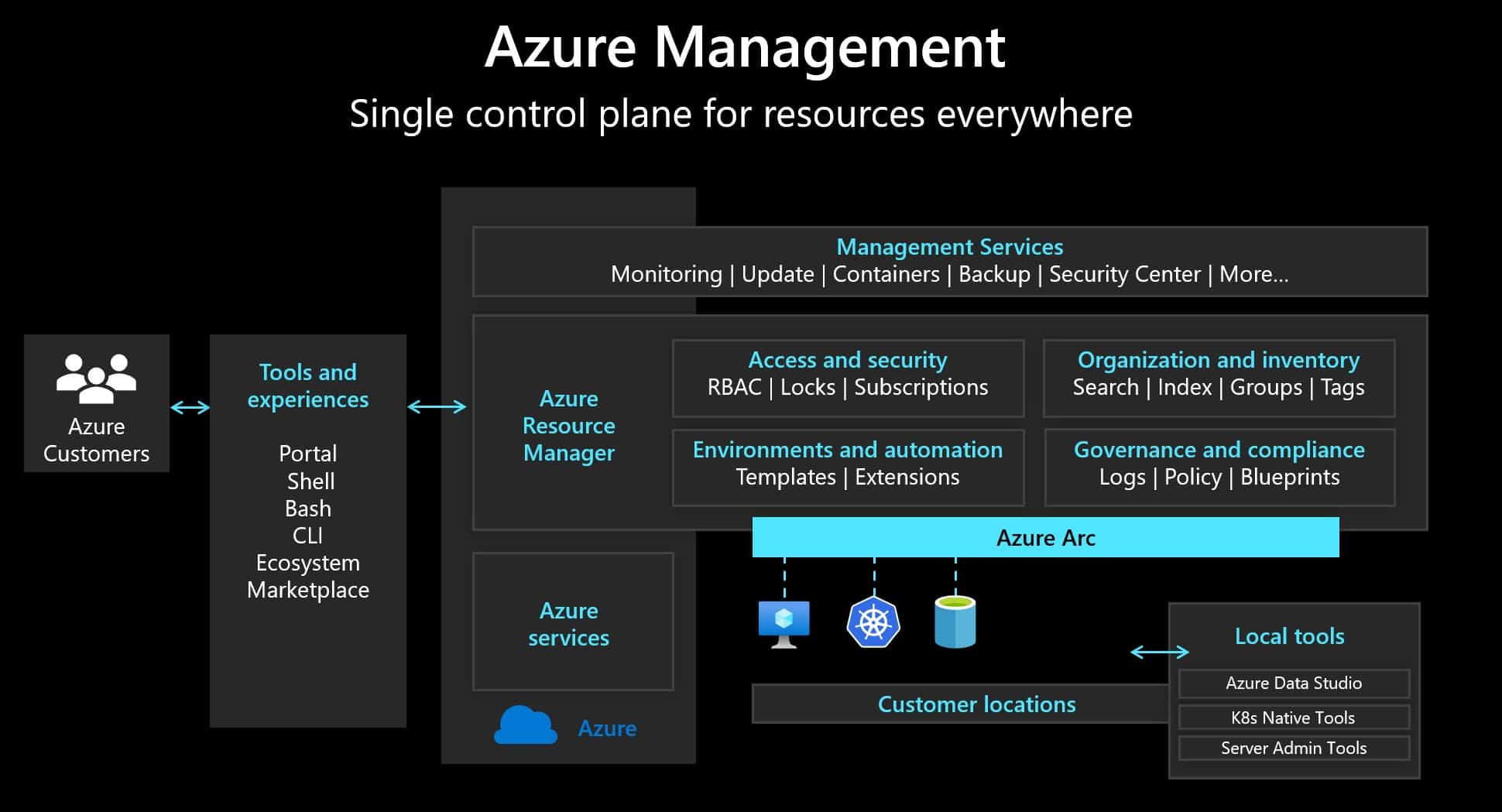





Interesting to see how other pro’s plan their work day. How to you (if you do) incorporate OneNote in the mix? I used to have my todol-list in OneNote long before To Do was a thing but now I’m planning to move but with the recent mention at Ignite that OneNote and To Do will integrate in some way, I’m putting that on hold for a while…
I use OneNote every single day. I use it completely to take and manage my notes, like meeting notes, but also how-to’s, planning my travel, collaboration and brainstorming, and much more. It is basically my extended brain. However, I moved all my tasks from OneNote to the To-Do app. I found that for me having to-dos in OneNote was not really working well. But for many other things, it works great. :)
How are you managing your tasks, or what is your workflow?
How you get the nice icons for example travel or blog in To Do?
Just using Windows emojis in the title. :)
great post, than you. Do you create the appointments for the tasks manually (in outlook)? Are the tasks linked to the appointments? I’m missing a “create appointment from task” option in outlook/to-do app.
Hey Simon
Yes, currently I create these manually. There are solutions out there you can sync them from Planner or Azure DevOps. However, I realized that for me these tasks, to not match 1 to 1 my calendar blocks. So I decided to plan that manually.
That said, again, it is not a technical reason, both Planner and Azure DevOps can be integrated and have good APIs
This is awesome Thomas! I’m sure this will be really helpful for a lot of people, especially right now that a lot of people are working from home but they are not used to.
After reading this post I’m definitively going to try Azure DevOps Boards so thanks for the advice and sharing some tips on that. I really like the way you manage your calendar. You shared some cool advice on that. I don’t know if is strange to me or what but you really like the red colour. :)
Personally I’m in love with the Microsoft To Do app. The development team has done such a great job connecting the app with Microsoft Planner and Outlook. It is amazing having all your work at a glance, manageable from a single app. I also like using a simple Pomodoro Technique app, it reminds me to take short breaks, stand up and look away from the monitor for.
My personal life is organized in my Boullet Journal. I appreciate having a notebook to put my thoughts. I prefer keeping my work life separated from my personal life, this is why I use Microsoft To Do with a separate account, mainly from my phone. For my projects I use ClickUp. it is a great app with a lot of features, awesome design customization and a ton of integrations. You should check it out!
Hi Arlind
This is awesome! Remember Azure Boards are very powerful, but also need some time to setup. While MS Planner is pretty much straight-forward and integrates automatically in To Do. But you can also integrate Azure Boards in basically everything, but it needs some effort :)
For automation I usually recommend people to have a look at tools like “Power Automate” and Azure Functions.
Hello Thomas,
Thank you very much for sharing your experiences in managing time and executing activities, it is very valuable for the community.
How to contribute and reviewing each of the tips, I do not know if you use it but I saw that if the calendar is listed in Outlook and on the right hand side, the tasks can be dragged directly to the calendar to schedule and block and then execute.
Once again, thank you very much.
Regards,
Diego
Hi Thomas
QQ how did your lean to make “good” nots in Onenote?
This is a good question, I would say practice to find out what works and what doesn’t work for me. There are some good videos on YouTube on how to take notes with OneNote, where I copied a couple of things. But I think that would make a good blog post in the future :)
[…] the simple task-list handier. But having an organized day is key for me to get things done. Also Thomas Maurer recently blogged about organizing his working […]
HI,
Quite decent article :) Can you let me know, how do you integrate Blogs with To-Do ? Or you paste all of it manually.
Hi Luke
Thank you :)
How do you mean integrate blogs?
You block work for 12 hours a day. 🥄➡️👀 You sir are a machine! ;) Seriously though, thank you for the insightful walk through. Our team is already living by ADO, while the broader organization is catching up as well as exploring Planner and the additional MS tools